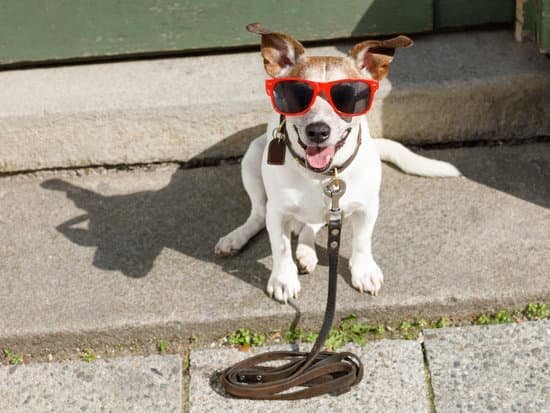Use of Visuals
1. Establish your expectation with the dog: The first step to training a dog is to establish a proper communication channel between you and your pet. Training should start in an environment that is quiet and free of distractions so that it can focus on you. Make sure to use a command word or phrase each time you want your pet to sit, stay, or heel, such as “sit,” “stay,” or “heel.”
2. Practice Sit: To teach a dog the basics of sitting, put it in position while providing verbal instruction. Hold out a treat at nose-level approximately three seconds after the order given and say “sit” once more when the pup stands up again. As soon as he sits, offer praise before giving him the treat.
3. Practice Stay: Once your dog has learned how to sit on command, teaching him stay might come easier as he has already learned how to hold his position for a few seconds during the training process for “sit”. Start with short intervals, such as two to five seconds, where you ask your pup to stay before giving her a treat once she is successful
4. Teach Heel: Teaching heel requires more practice because of its advanced skill level compared to most basic commands like sit and stay; the key here is consistency. On walks or anywhere outside use visual markers like flags or cones placed in various locations around where you are walking together After placing these markers down have your pup stand still until commanded otherwise then give them treats at heeling heelers once they reach their destination spot in order to praise them and reinforce what they have learned while rewarding them for a job well done too!
Examples
Training a dog to sit, stay and heel can seem daunting, but with the right technique and enough patience it’s an achievable task. One couple knew that with the help of positive reinforcement their Labrador Retriever would learn to comply with these commands in no time. To start, they eagerly gave small treats to the puppy whenever he sat on command, rewarded him for staying in place when asked and quickly rewarded him when the word ‘heel’ was mentioned. Within a few weeks there were tangible results: The Labrador Retriever was following commands very easily. Over time they shifted away from treats as rewards but still provided lots of praise.
Another successful technique that another pet owner used was forming a bond by going out walking together every day in order to create strong associations between the commands and gradually introducing distractions like running children and flapping flags. After this step, she practiced other drills inside her house such as sit-stays and down-stays with gradual increase in duration so her pup wouldn’t lose interest in training. This method worked out for her because she showed persistence which eventually resulted in almost perfect obedience from her pup.
To sum up, obedience training isn’t easy and can take some time; however if done correctly with ample amounts of love it’s possible to train almost any pup into a well behaved companion!
Advanced Commands
Once your dog has successfully mastered commands such as sit, stay, and heel, you can then begin to teach them more advanced commands. These would include commands such as ‘down’, which teaches your dog to lay down and stay in that position; ‘speak’ or ‘bark’, which instructs your dog to bark on command; ‘leave it’, which is used to remind your dog not to touch certain objects; and ‘come’ or ‘recall’, which teaches them to come back when called.
You can also try teaching your puppy some basic agility commands. These could include jumps over obstacles and weaving through poles. Doing so not only allows them another way of expressing themselves physically but also develops their sense of coordination. Finally, teaching a trick or two like spin, rollover or even fetch is always fun for the whole family!
Alternatives for Difficult Behaviors
Alternative behaviors for sit include having the dog place its paw on your hand as a sign of acknowledgement. To teach the “heel” command, you can break it into parts by rewarding the dog for staying in a sitting position at your left side and then gradually walking forward a few steps until all four feet are moving together. For stay, you can use a hand signal to start with, such as putting an open palm facing the dog’s eyes, and gradually increasing distance and length of time he is expected to remain obedient.
Rewards for Successful Training
Rewards for successful training can be food-based or based on play. Food rewards, such as small pieces of treats like cheese, hot dog, ham, chicken or liver can be used to reward the dog when he completes a task successfully. Play rewards can involve interactive toys such as tugging toys and retrieving games. Praise throughout the session is another effective way to reinforce desired behaviors. Positive reinforcement should always include verbal cues and physical escalations like pats, strokes and hugs to help create a positive learning environment.

Welcome to the blog! I am a professional dog trainer and have been working with dogs for many years. In this blog, I will be discussing various topics related to dog training, including tips, tricks, and advice. I hope you find this information helpful and informative. Thanks for reading!





